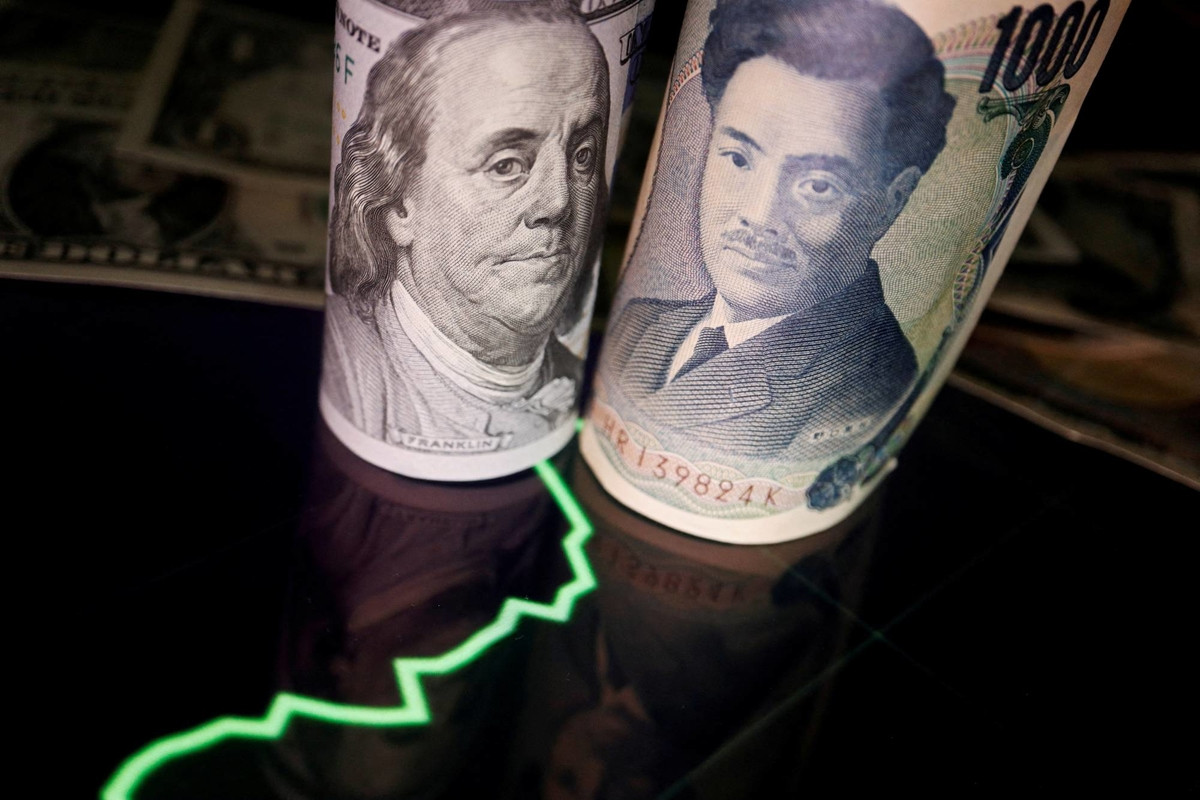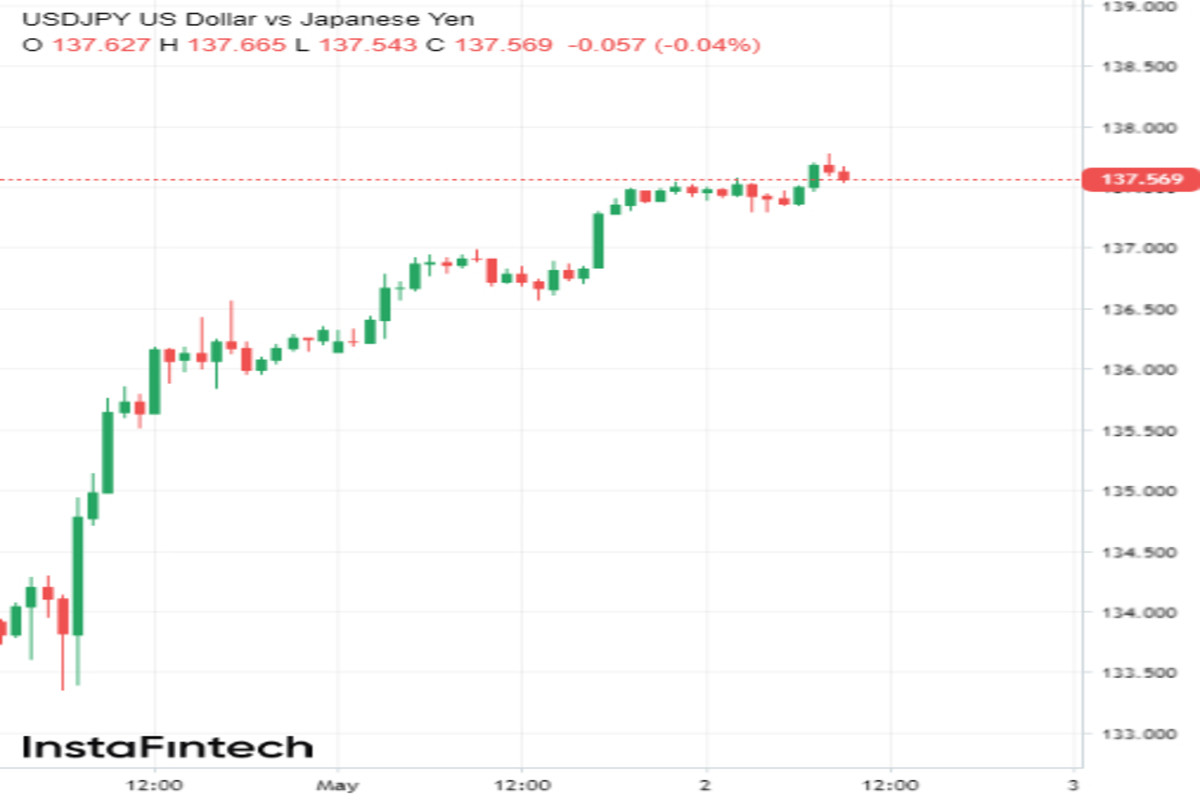
The current situation in the Forex market evokes a strong sense of deja vu. As in the previous year, the yen is once again the weakest player among all major currencies. After a strong Friday sell-off, JPY continued its broad decline yesterday, showing the worst dynamics against the US dollar.
Yen under dovish pressure
Bulls on the yen were hoping that the new governor of the Bank of Japan (BOJ) would bring about a wind of monetary change. However, at his first meeting, which took place late last week, Kazuo Ueda did not meet these expectations.
Like his predecessor, the official remained committed to ultra-loose monetary policy, which involves ultra-low interest rates and maintaining the yield on 10-year government bonds within zero limits.
The only aspect that could have instilled optimism in buyers of the Japanese currency is the planned review of the BOJ's current policy. Kazuo Ueda made it clear that the procedure would be quite lengthy, stretching over at least a year and a half.
This indicates that the Bank of Japan will not rush to normalize its policy, and in the near term, we are unlikely to see even minimal hawkish moves.
"The sign that the BOJ is not going to change its negative interest rate policy any time soon gave the green light for speculators to put yen carry trades back on," noted Nomura Securities strategist Naka Matsuzawa.
The market now clearly understands that the Japanese regulator's accommodative policy will lead to a further widening of interest rate differentials between Japan and other countries, so investors are actively selling the yen.
At the start of this week, JPY fell across the board. Against the Swiss franc, the yen set a 44-year anti-record. Relative to the euro, it fell to a 15-year low, and against the pound, it sank to its lowest level since October.
In percentage terms, the yen demonstrated the worst dynamics against the US dollar. After Friday's 1.7% drop, it collapsed by 0.8% yesterday and reached a low of 137.5 last seen in early March.

Now, most analysts expect the USD/JPY pair to rise further amid the growing monetary divergence between the US and Japan. According to the most optimistic forecasts, by the end of the year, the pair may rise to 140. However, its path to the top will be quite bumpy.
Currency Strategist at Sumitomo Mitsui Banking Corp. Daisuke Uno sees potential for a slight strengthening of the yen in the medium term. In his opinion, the Japanese currency may rise against the dollar as we approach the July meeting of the Bank of Japan.
Despite the BOJ's dovish assurance, some analysts expect the regulator to re-adjust its yield curve control policy in July or abandon it altogether. This opinion was recently expressed by the strategists of Goldman Sachs and Barclays.
Another surge of speculation about a possible revision of the YCC may support the yen ahead of the July meeting of the Bank of Japan. But if the regulator does not make any changes again at this meeting, this will deal a crushing blow to JPY.
Near-Term prospects for USD/JPY
This week, the yen's position may be further shaken if the US dollar receives hawkish support from the Federal Reserve.
On Wednesday, May 3rd, the US central bank is expected to announce its interest rate decision. Currently, most market participants believe the regulator will raise the rate by 25 basis points.
If the Federal Reserve meets traders' expectations and, in addition, signals further tightening, this will provide a strong boost for the dollar. Conversely, cautious comments from the Fed regarding future rate hike prospects in the US may exert downward pressure on the US currency.
As we can see, the trajectory of the US dollar in the coming days will depend more on the future steps of the US regulator.
Friday's report on US non-farm employment should shed light on American policymakers' plans. If April's non-farm payrolls turn out to be strong, pointing to a robust labor market, this will fuel hawkish sentiment among traders, thus strengthening the greenback.
Otherwise, we may see a sharp spike in the US dollar across the board, including the dollar/yen pair.
From a technical viewpoint, the USD/JPY pair looks quite steady at the moment. On Friday, it overcame several important resistance levels and left behind the 200-day EMA at 133.79.
If the asset manages to regain the high of November 30 at 138.17 in the short term, this will open a fast track to the daily high of November 21 at 142.25. Breaking through this level will pave the way to the next high of 145.00.
On the other hand, if the USD/JPY pair falls below 137.00, this could trigger a downward correction. In this case, the major currency pair risks falling to the 136.56 level in the short term and then dropping to the 20-day EMA, which lies around 134.14.





















